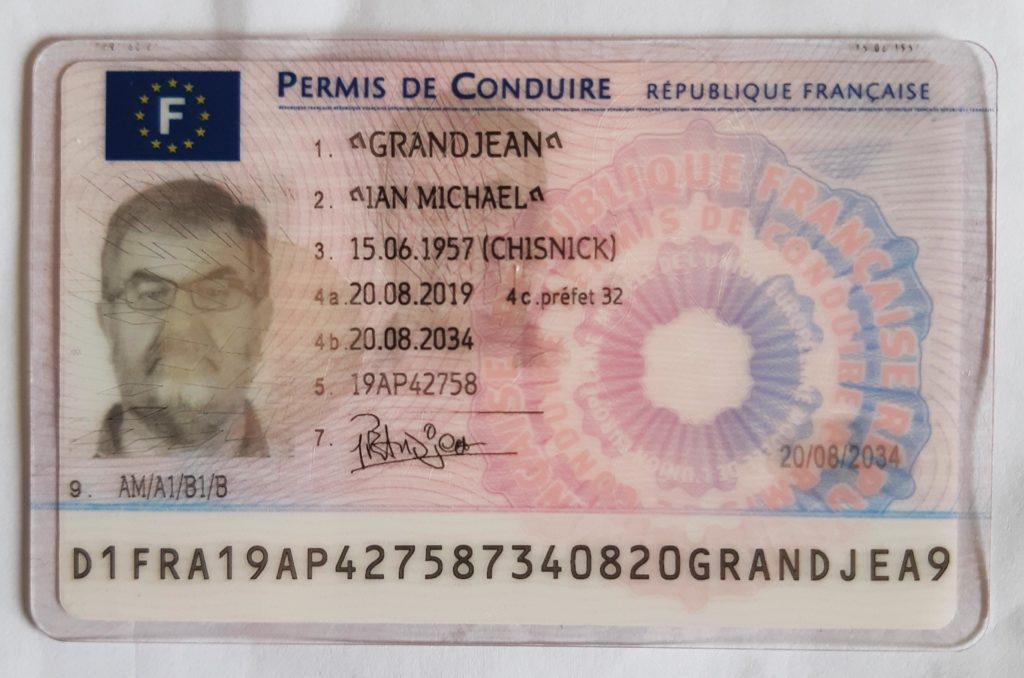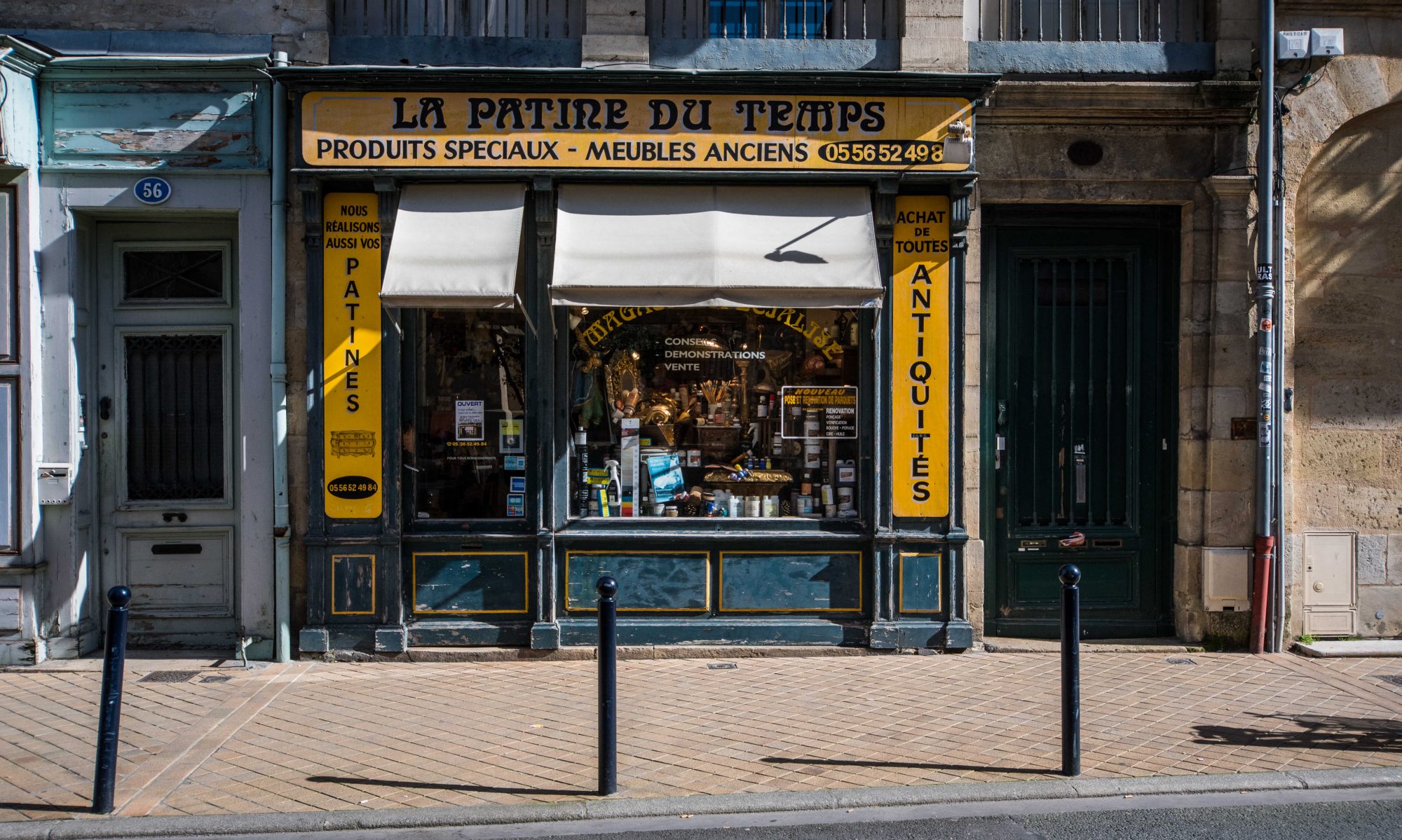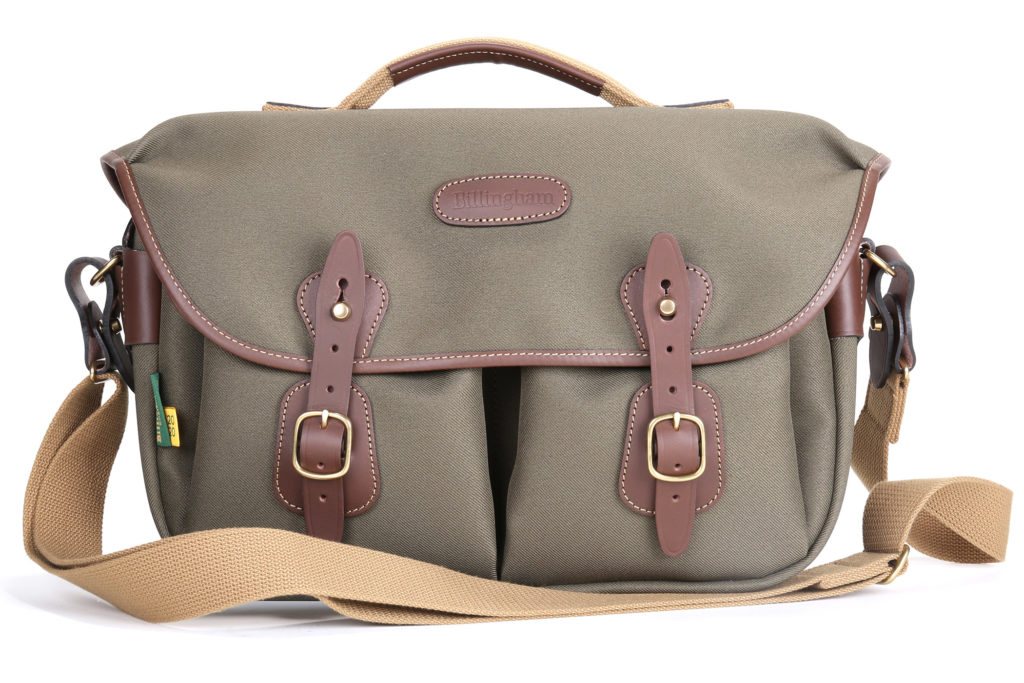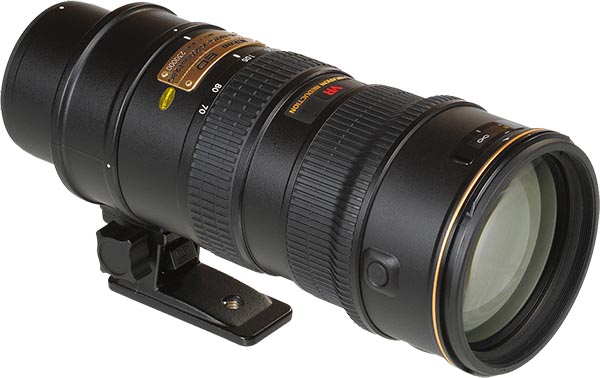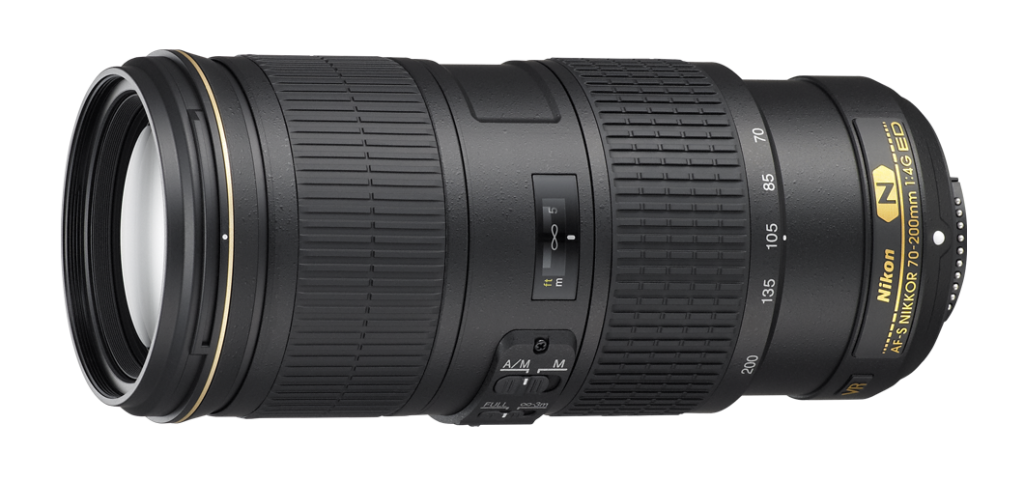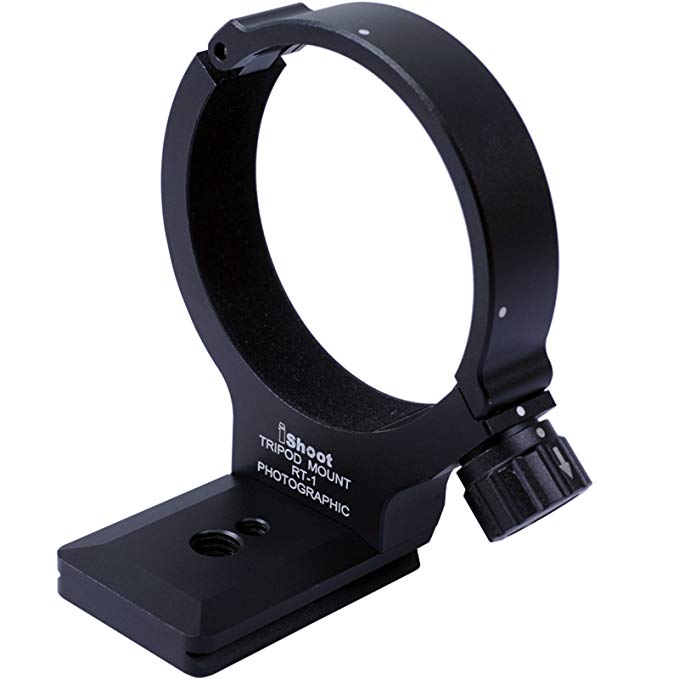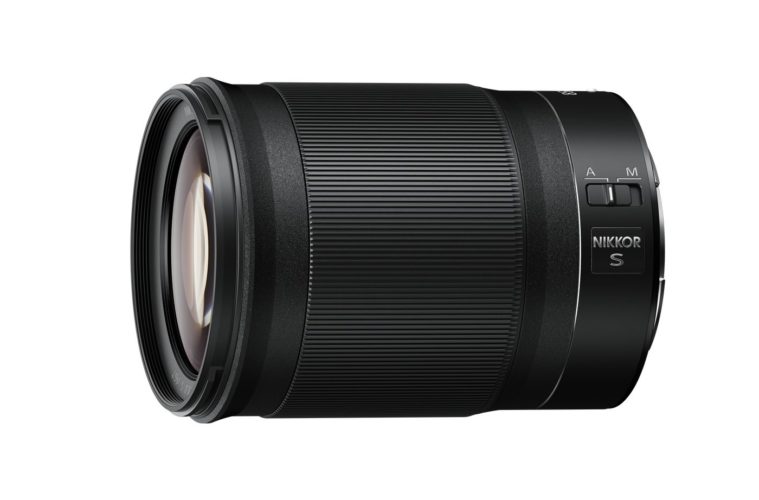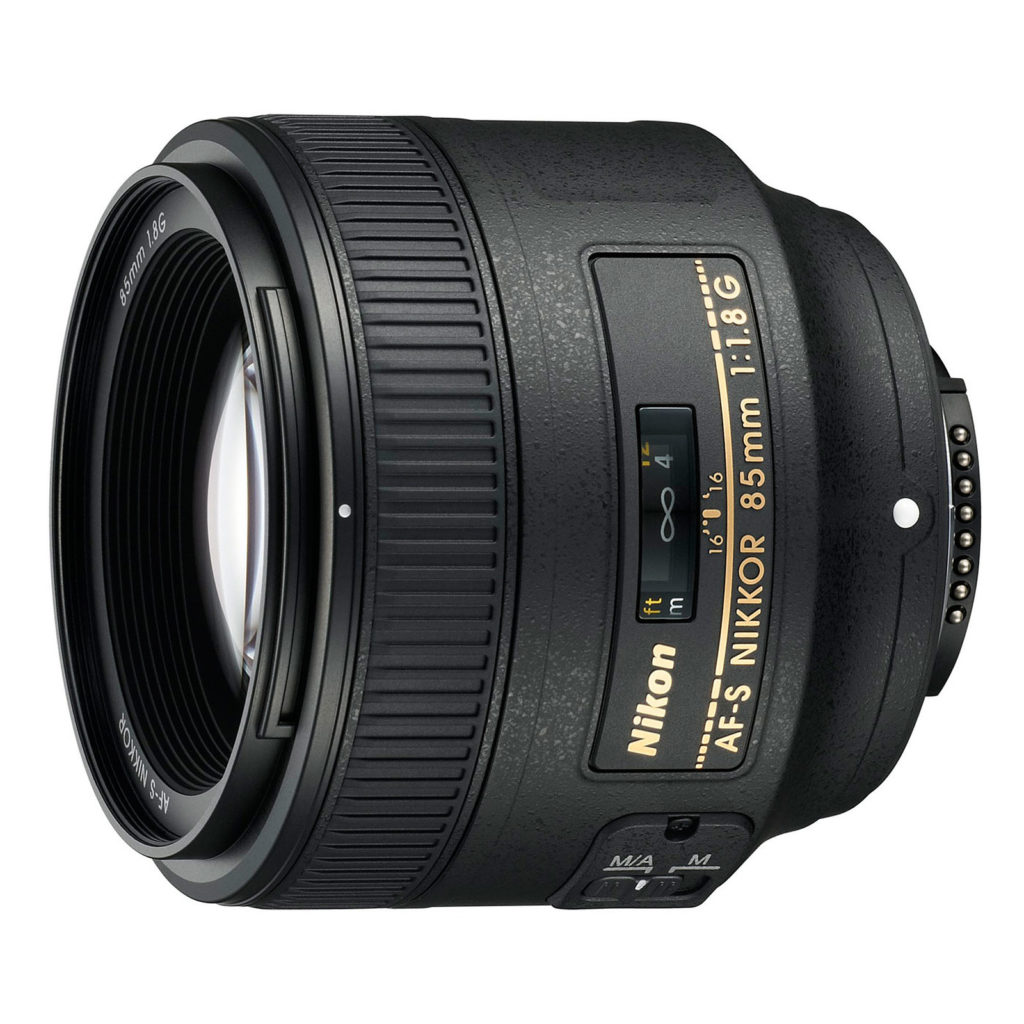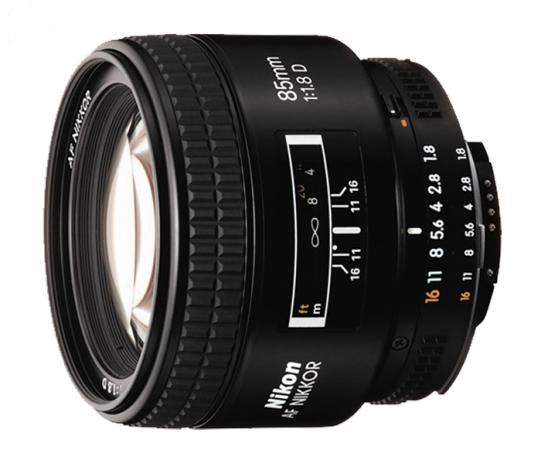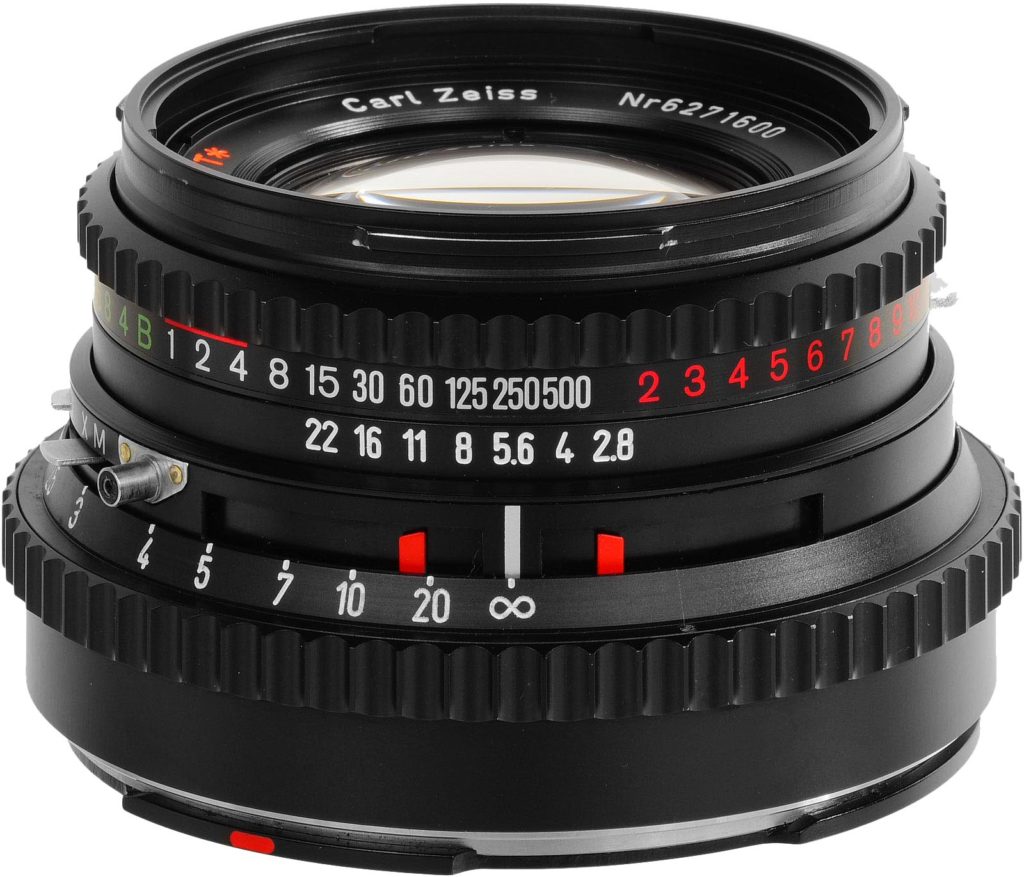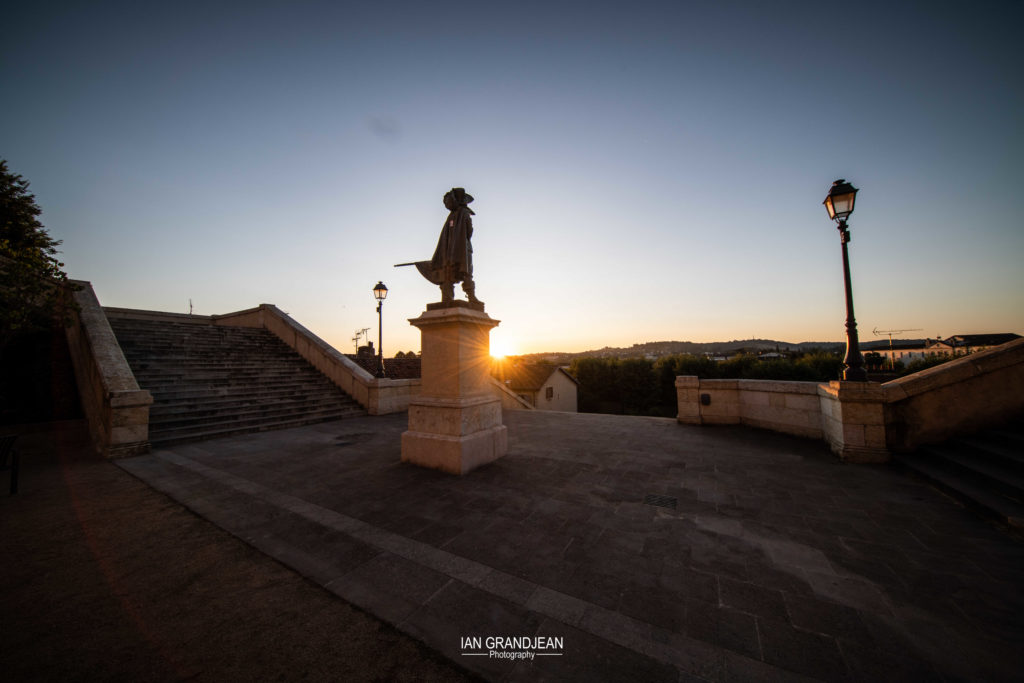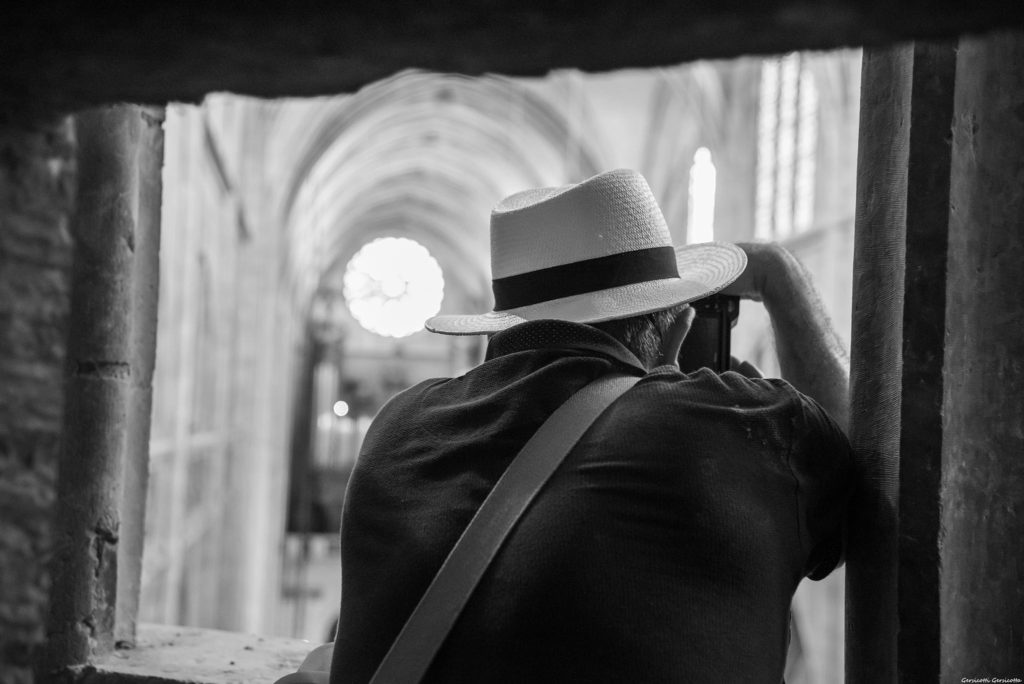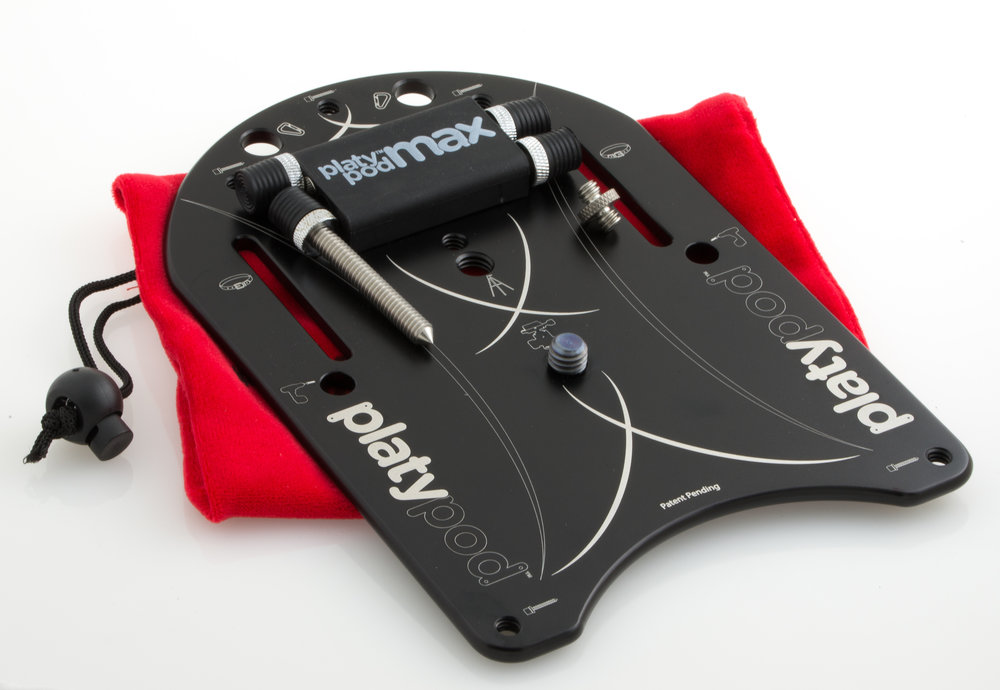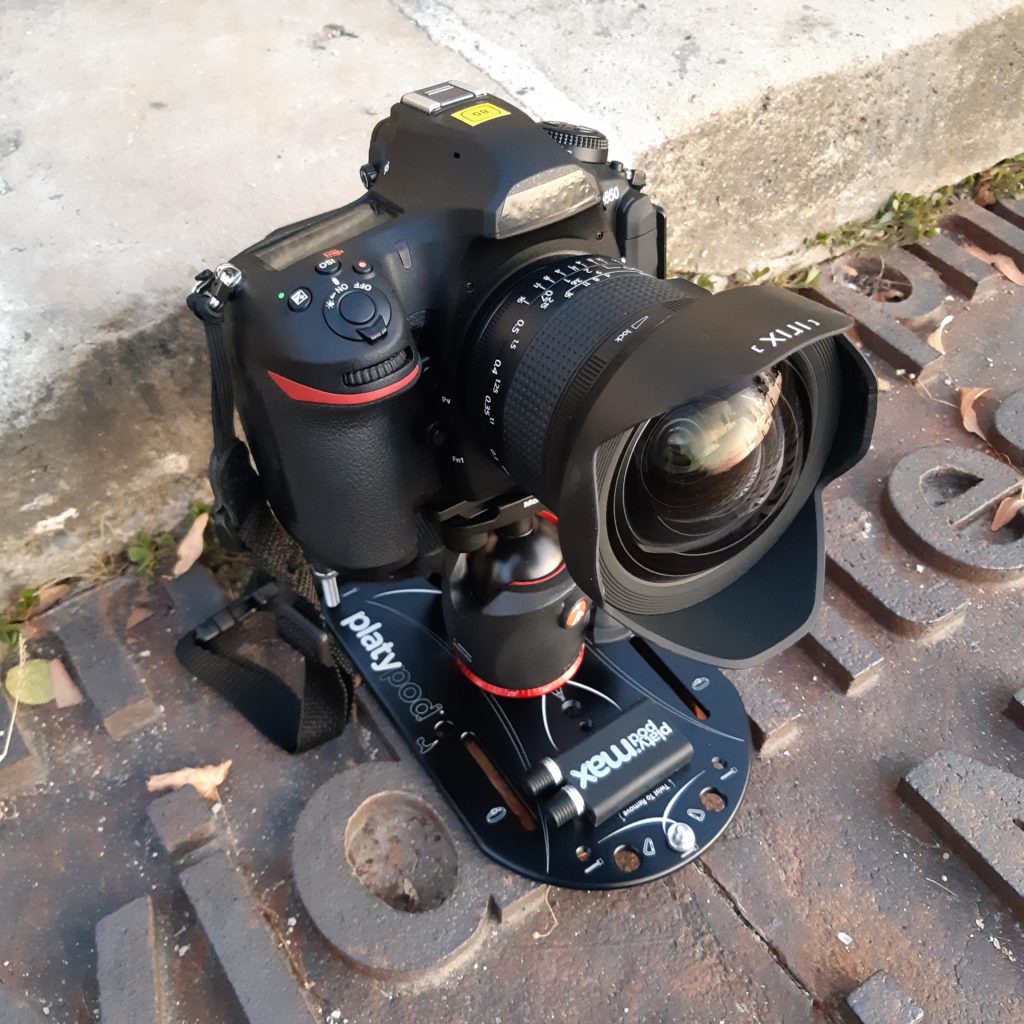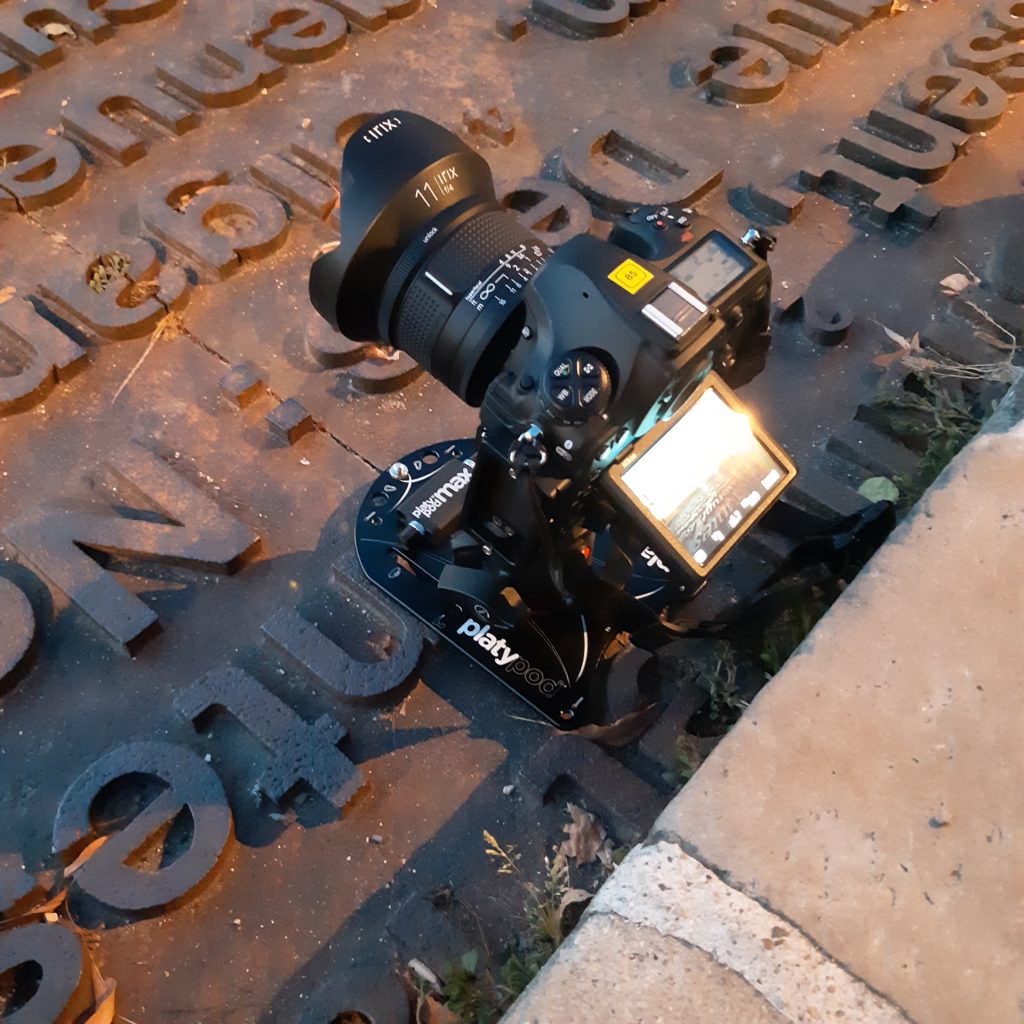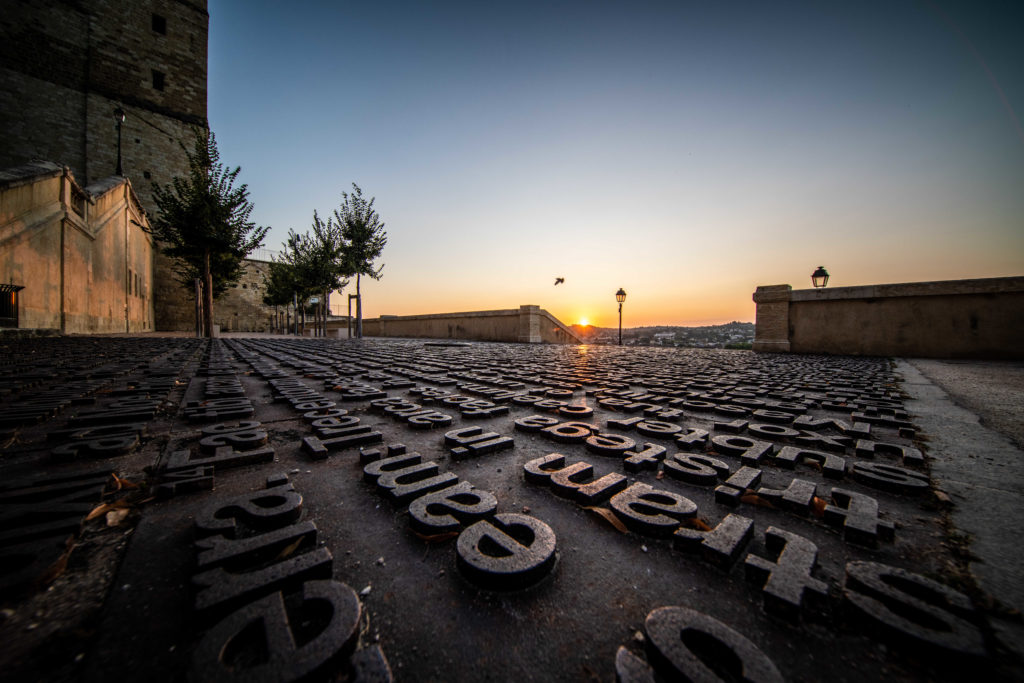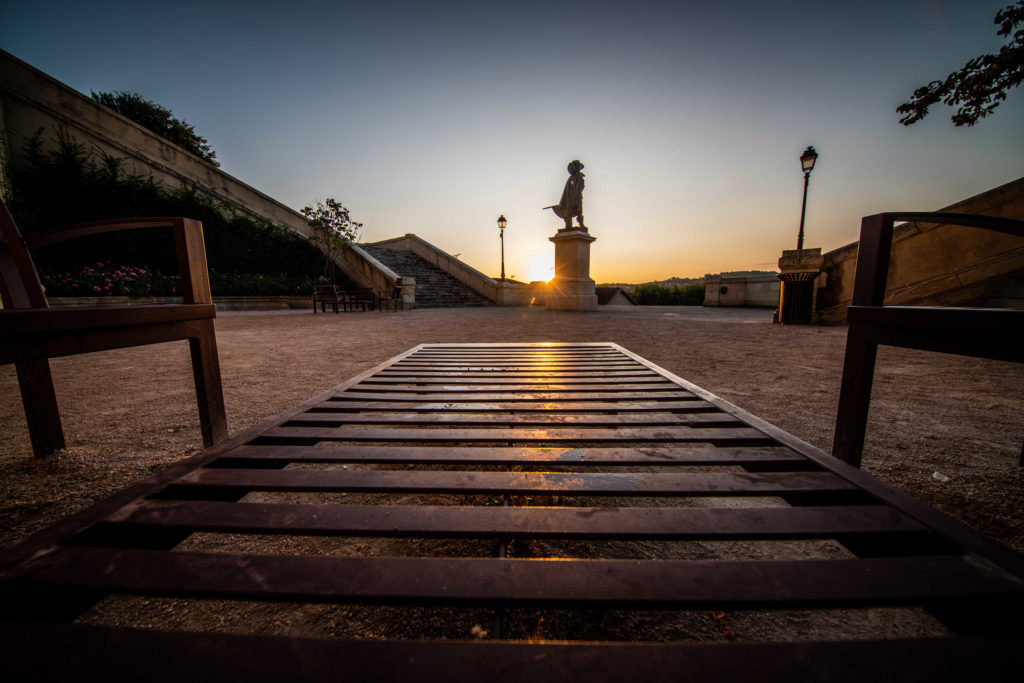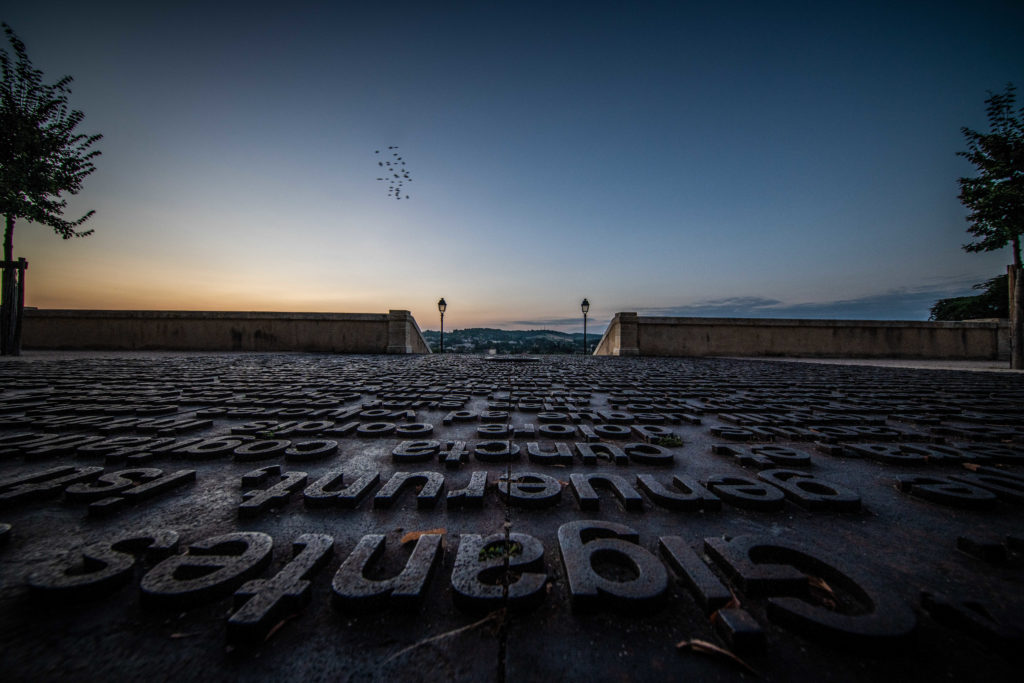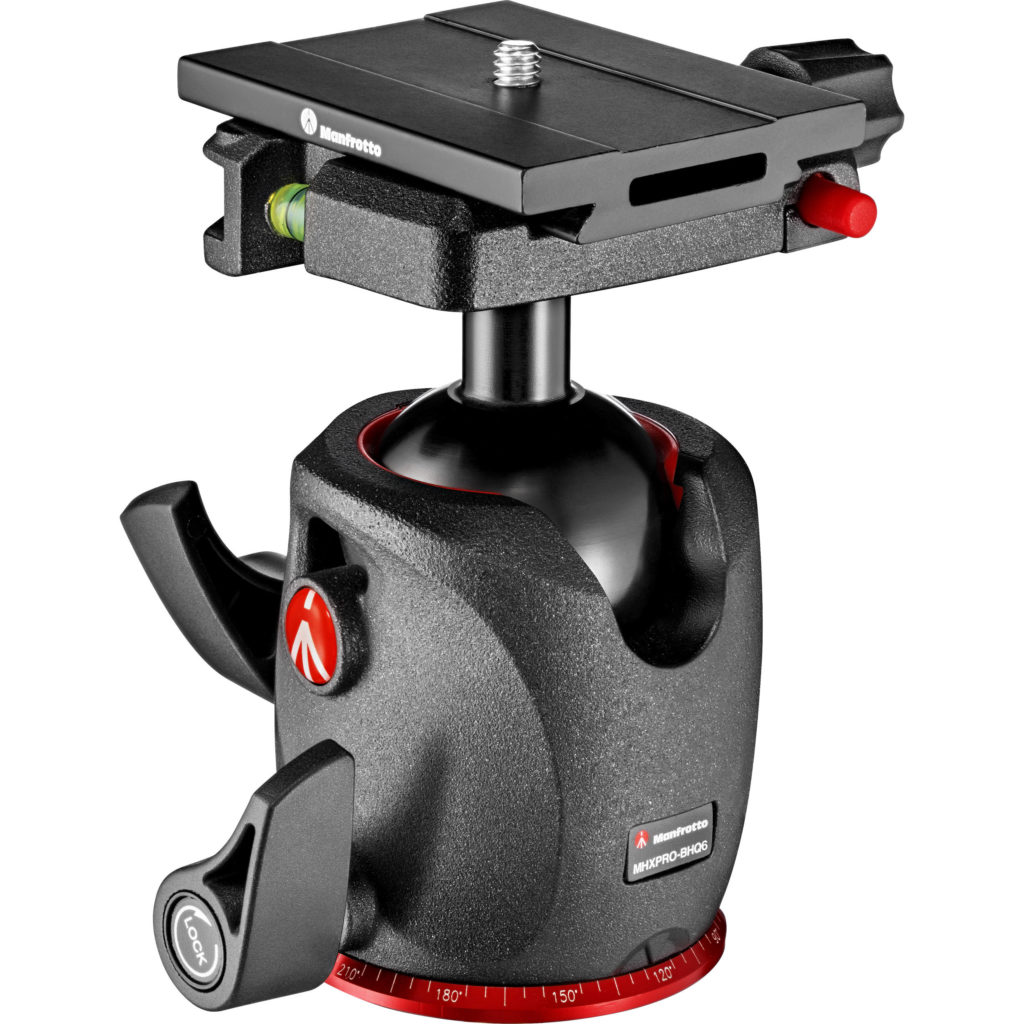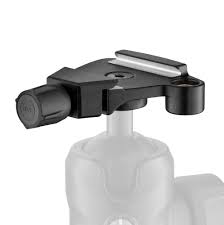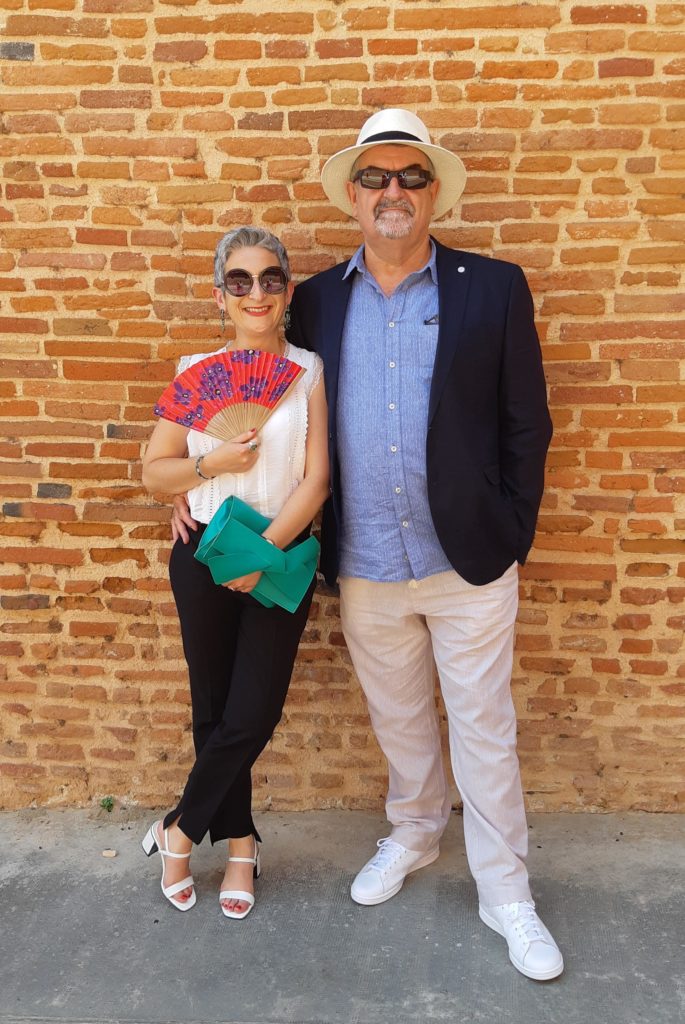As much as I’d love to pen an article about quaint Mexican mud huts, this is actually (and technologically) a long way from there, albeit sharing the same name.
Adobe(r) are the creators of the Acrobat PDF platform, Photoshop, Dreamweaver, Lightroom etc. Their software is generally very good, and often has a price to match. Over the last few years, Adobe have developed their subscription payment plan, as opposed to making the software available to purchase on DVDs – this is ‘supposed’ to have benefits for the end user in that, while they continue to pay their yearly subscription, the software is constantly kept up-to-date, so arguably they are always using the latest version.
The key phrase here is « while they pay their yearly subscription », as Adobes way of looking at things means that the month after you stop paying, the software turns off and you can’t use it any more.
In the old days of DVDs you could continue using the software, but just not benefit from updates, which seems perfectly reasonable to me. This is the bugbear for a lot of people – for the moment I/they can afford the subscription, but what happens when they can’t? I have a huge library of images that have been cataloged and treated in Lightroom and if I were to lose access to this program I would have to completely rework any images I might want to reproduce. Lightroom uses the technique of non-destructive editing. This means that none of the adjustments made in the program are actually applied to the original data, they are simply stored in a « side-car » file and applied to the data when it is displayed.
This is a huge advantage as the jpeg compression is destructive, and repeated reworking of an image can seriously degrade the original file – much better to work in RAW.
A number of alternatives to Lightroom and Photoshop have been mentionned recently, and some of the results are quite promising.
Affinity is a French company that produces a series of alternatives to Adobe software, amongst which Affinity Photo – it’s cross platform and even available for the iPad. The most interesting thing is the price – 55€. However, this is image processing software and is not setup to mirror or interpret existing Lightroom catalogs, so for me at least, this is not particularly interesting. Yes, it reads RAW images, and you can manipulate them too, but I personally need more organisational tools.
ON1 is another – and costs 100$ for a perpetual license. The main problem for me is the way it stores editing information. Lightroom uses a single catlog file which can be backed up, copied, moved etc. while ON1 uses a form of database – the different editing information is stored in a series of files ‘hidden’ in the progam application folder on the hard drive – they cannot be backed up or copied etc. This is fundamental information which I would need to know was at least being backed up from time to time, so for me, this solution is not viable.
Capture One Pro – costs from 345€ but is also a perpetual licence. This is produced by the manufactureres of the Phase One medium format cameras, so they should know what they are doing…
Capture One stores all the editing information for an image in a dedicated sidecar file with each image. There’s no centralised catalog or database, which means that if the image storage is backed up, the editing information will automatically be backed up alongside. (I happen to have a fairly sophisticated Cloud backup…but for people who don’t…)
It also allows the use of ‘layers’, much like Photoshop – this could be very useful if you want to try changing various settings for an element in the image – you can switch them in and out as desired.
I think the bottom line to all this is « you get what you pay for » – I am far from an Adobe fan-boy, but the possibilities I have with my current Adobe based workflow far outweigh the inconvinience of having to pay a monthly subscription of 11€. Sure, Affinity et al are probably really nice and will enable people to make some lovely pics, but if, like me, you’re looking for a more ‘complete’ solution involving backup possibilities, catologing etc., sadly there aren’t many options open…
